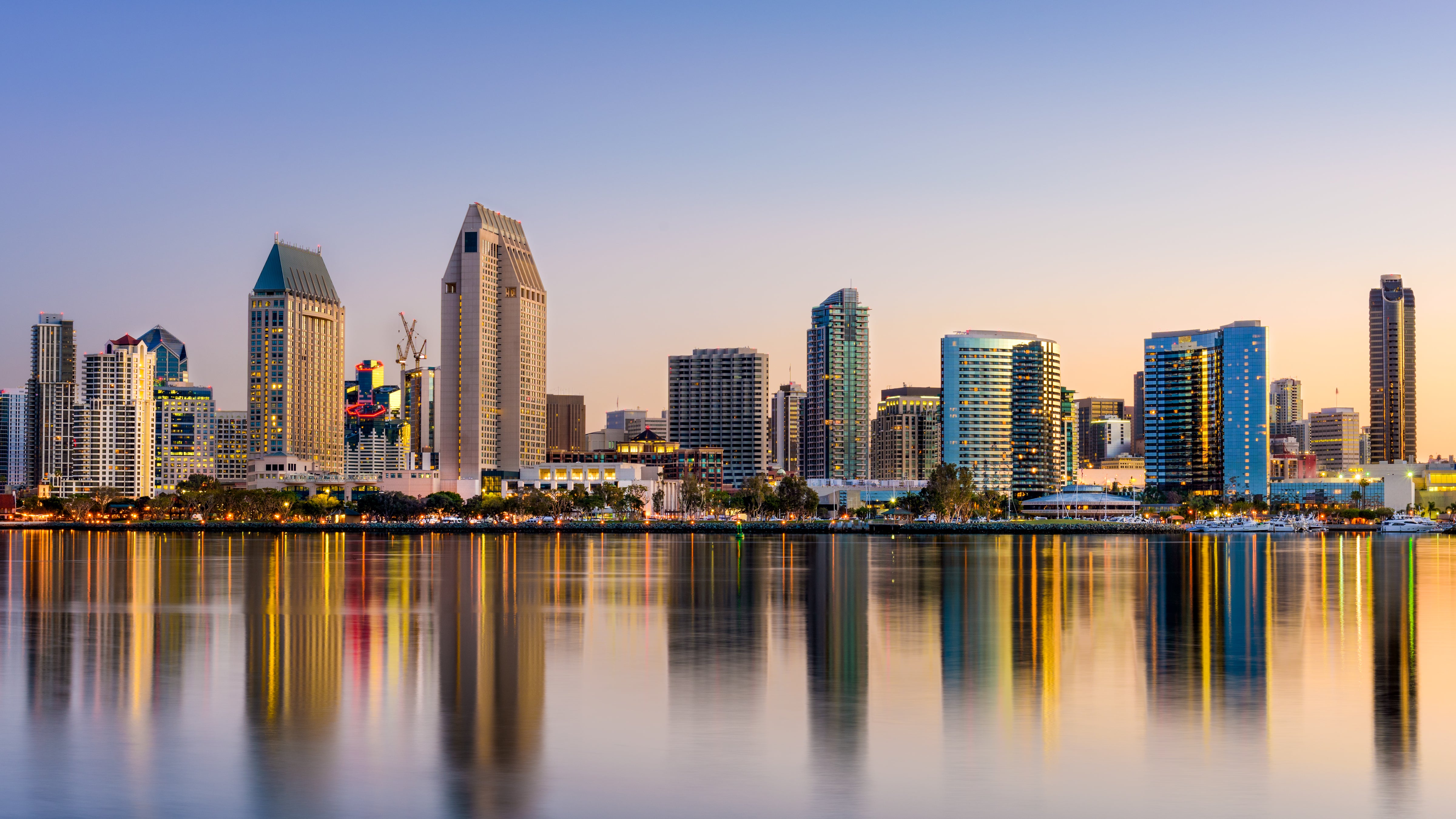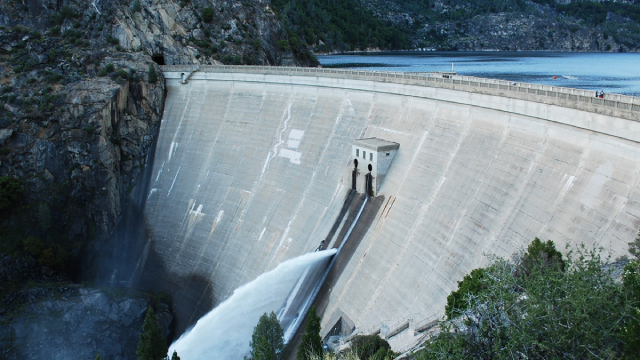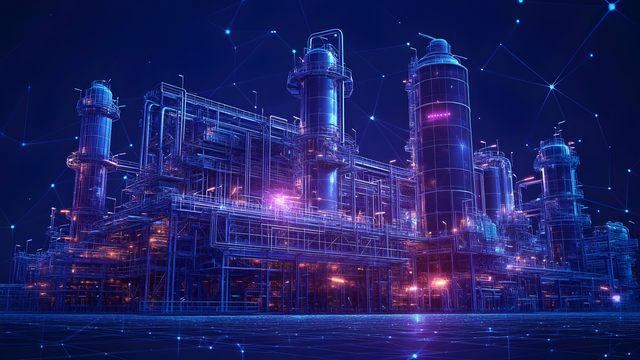Asia Pacific is looking to increase deployments of renewable energy in its mission to achieve a zero-carbon future. Southeast Asia economies, for instance, have collectively pledged to achieve a 23 percent share of renewable energy in Total Primary Energy Supply, as well as 35 percent share in installed power capacity by 2025.
Highly flexible, dispatchable generation, including gas-fired generation, is required to maintain grid reliability and resiliency for Asia Pacific’s future lower-carbon energy systems.
This shift towards load correction plants will see an increase in gas engine-based plants or smaller gas turbine-based plants in the region.
Today’s advanced gas turbines in a simple cycle configuration can supply more than 400 megawatts (MW) to the grid in 10 minutes and are designed to reach full combined cycle load in 30 minutes to one hour. New gas turbine technologies can now operate at loads of less than 25 percent of their baseload capacity and ramp at 10 to 15 percent of their full load capacity per minute. As grids demand more flexibility from gas-fired power plants due to increasing variable renewable deployments, plant startup profiles will become more crucial. Initial design must incorporate measures to allow fast start and higher load ramping capabilities.
Gas turbine generation has a place in Asia Pacific’s fuel mix as a high efficiency, reliable baseload source. It can also complement systems with wind and solar generation.
Thinking ahead, considering the new functionality of gas infrastructure, and building in greater levels of adaptability to future market conditions will be critical in the early project development stages to maximize these operational advantages.
Download the Natural Gas: An Energy Transition Fuel for Asia Pacific eBook to find out how gas asset investments can be protected by designing in the flexibility to operate across services ranging from energy storage to baseload generation while also considering revenue opportunities in ancillary and grid reliability services.








